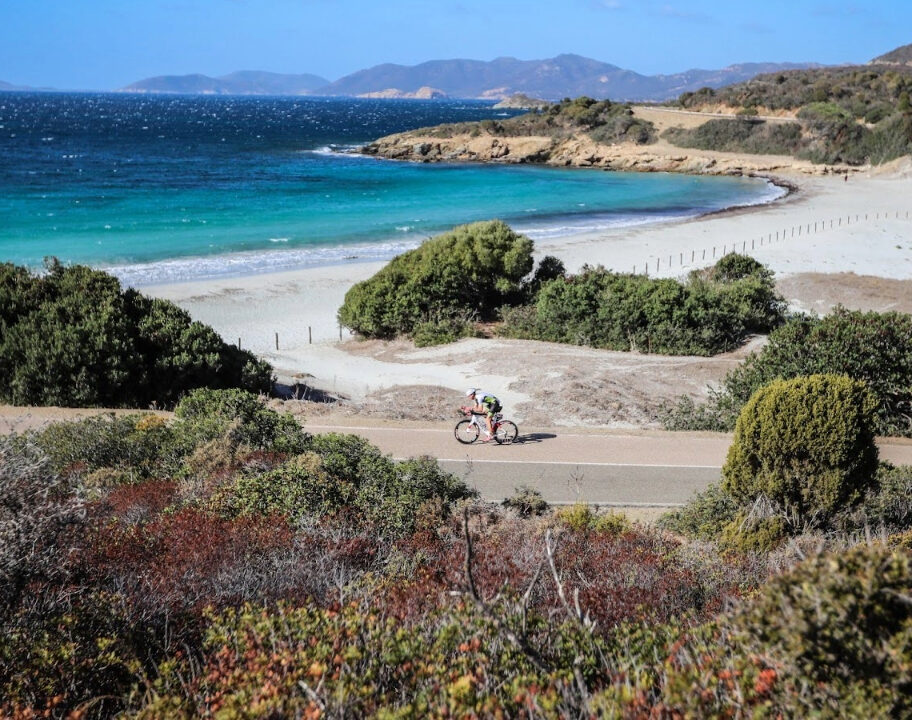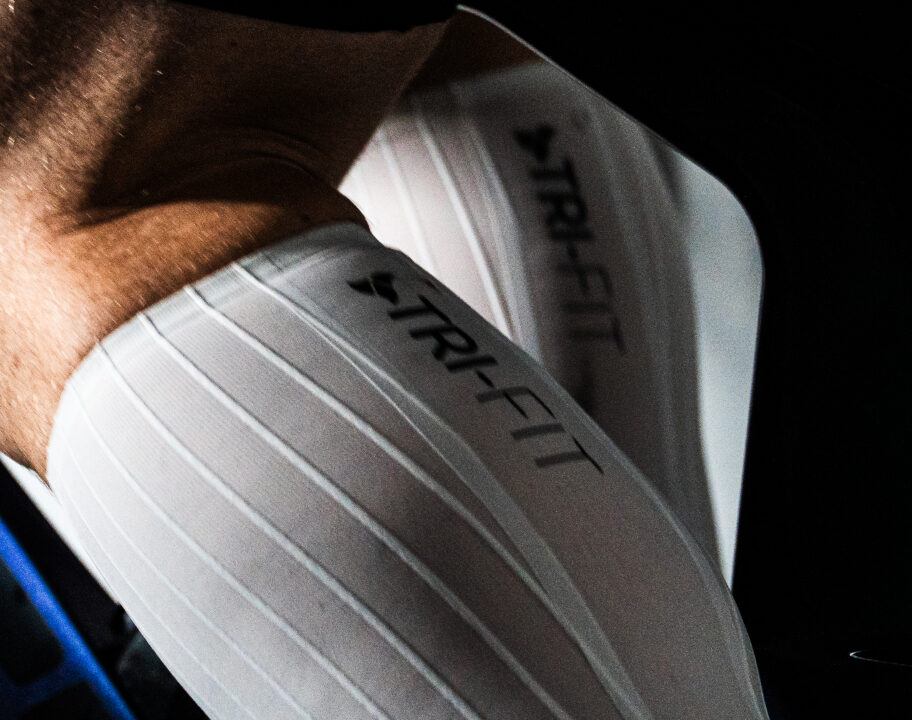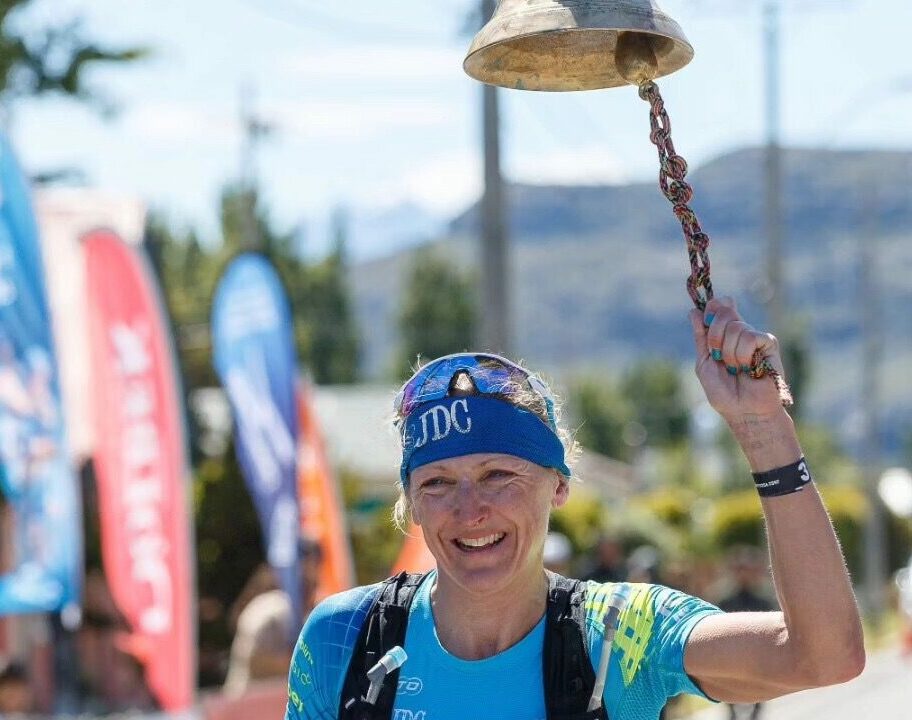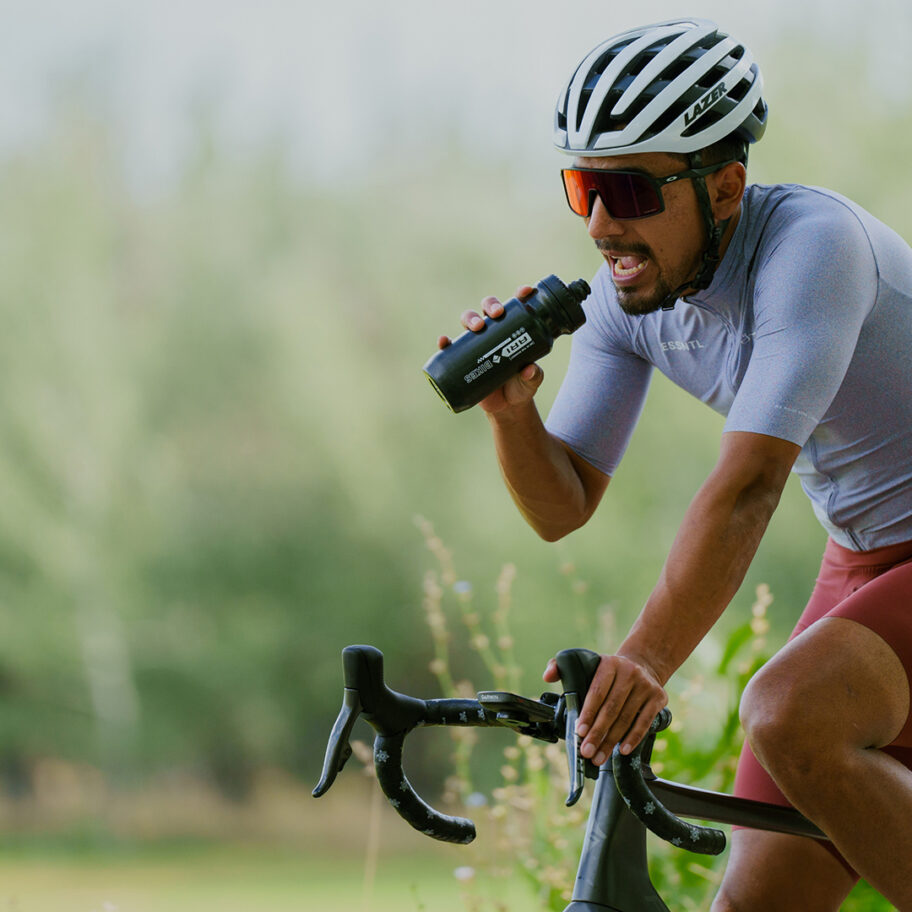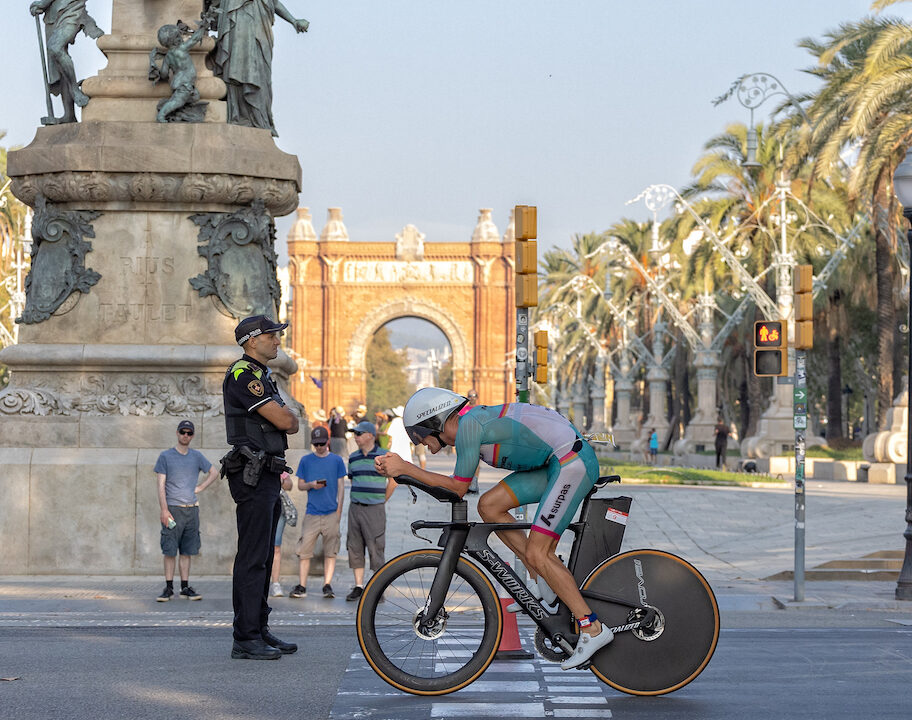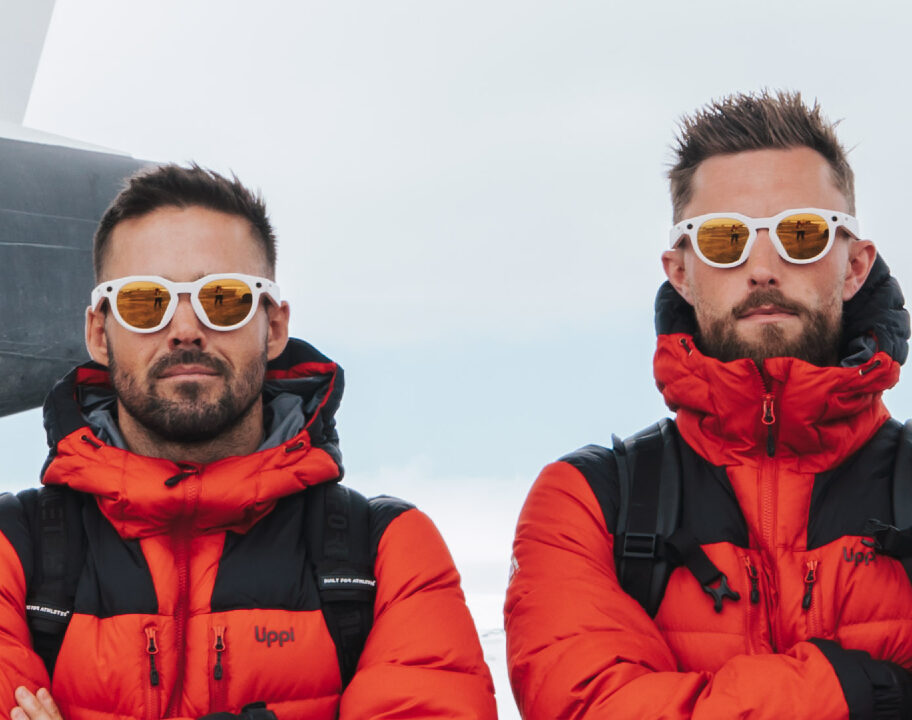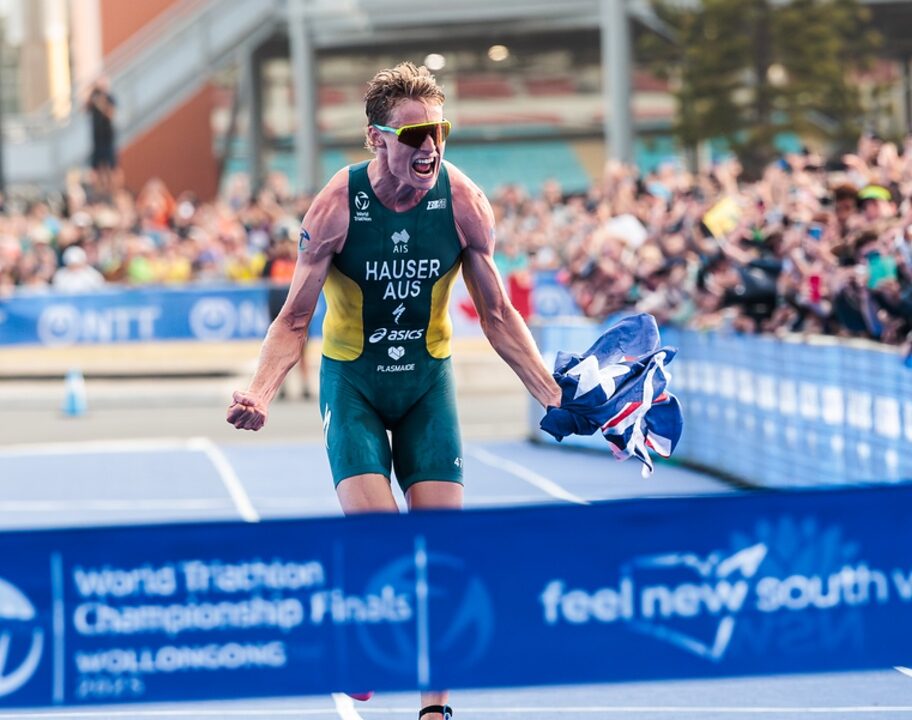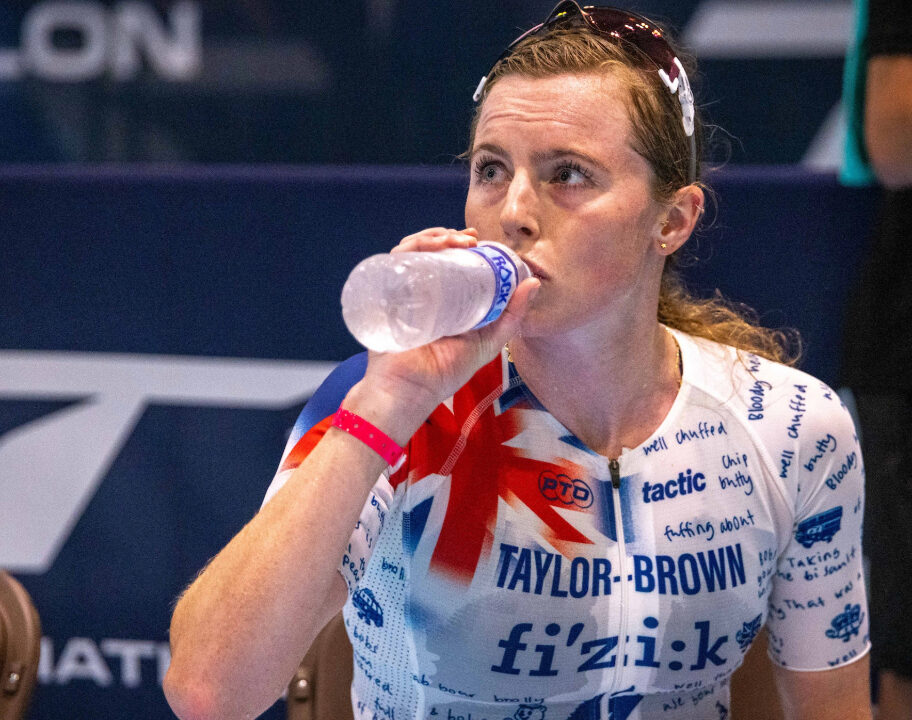If you’re looking to improve your swimming endurance, there’s no getting away from the fact that you’re going to have to put the work in, swim consistently, and spend more time in the water. There are no hacks or short cuts! But it’s important to ensure that your time in the pool or training in open water is as productive as possible, so you can make every swim session count.
We’ve been speaking to Great Britain coach Glenn Smith, Chairman of the British Swimming Coaches Association and childhood coach of double Olympic champion, Rebecca Adlington. Plus, professional triathletes, Jodie Stimpson and Andrew Horsfall-Turner. To equip you with the top tips you need to take your swim endurance to the next level. From how to structure your swim training and avoid picking up any injuries as you increase your swim volume. To the PRO’s go-to swim sessions, and how to adapt them to your own ability level.
- Structuring your training to build endurance and improve technique
- How to build swimming volume without getting injured
- How to fuel for longer swim sessions
- Pacing could be the key to unlocking better swimming endurance
- Train like a PRO: Example triathlon swim training sets to improve your swimming endurance
Structuring your training to build endurance and improve technique
If you’ve not got a background in swimming, the primary way you can build up your endurance is to swim more. But you also need to work on your technique to be efficient and avoid overuse injuries.
Coach Glenn Smith recommends “a lot of skill work, then build the engine.” He said: “If you’ve not got an endurance engine, you have to build it. You need a relatively long base training period, only then can you go into threshold, race pace and speed work leading into race season. If you’re building from a low place, don’t do too much threshold work when you should be doing winter base work.”
Building your endurance engine means plenty of time spent swimming at that steady Zone 2 intensity to develop your aerobic swim fitness. But it’s not just all about the base. Poor technique can be a limiting factor for many swimmers – making it harder to swim for longer distances because you’re not swimming efficiently. This is why Smith recommends structuring your swim training around three key phases, progressing through skill work to base work to race pace/speed work:
- Skill work
Go back to basics including streamlining, push and glide, improving feel for the water and efficiency drills such as stroke counting. - Base work
Base work is aerobic training at around 70% of your maximum heart rate. Push up the distance gradually and reduce the amount of rest you take as fitness improves. - Race-specific work
Interval work at 80-90% of your maximum heart rate, swimming at race pace and above, incorporating some speed work.
According to Smith, this progression may start with 1-2 months of skill work in October-November followed by six months of base work before you start race specific work for an event taking place during the summer. You can still include some speed work throughout the winter, such as doing 15m speed bursts during your warmup, where you kick your legs hard and rotate your arms faster than normal. But the primary focus in that early phase of training should be on technique and base aerobic fitness.
How to build swimming volume without getting injured
Increasing the overall volume of swimming is essential to improve endurance. The speed at which you can increase it depends on your individual background, age, health and fitness. Swimming technique is another big factor. But improving your technique aside, there are a few other easy wins you can incorporate into your training routine to help you avoid picking up any injuries as you swim more often.
Don’t skip the warm up and the cool down
Warming up – and cooling down – are important aspects of swimming training that should never be overlooked. Particularly before speed or interval sessions, getting the muscles moving and ready for the effort is key. If you are pushed for time, you could opt for land-based warm ups and cool downs such as stretching and mobility. If you’re a triathlete and you’re focusing mainly on front crawl/freestyle, you could also add some backstroke into your cool down. This will help to stretch out the muscles that can become tight during freestyle.
Prioritise recovery
If you’re following a programme where the rate of volume increase is fairly steep from week to week, consider a rest or de-load week every three weeks or so. You need to take give your body a short break and a chance to absorb the training, otherwise you’ll hit a plateau – or worse, get injured.
Use band exercises to strengthen key swimming muscles
Staying injury-free in swimming is all about strengthening and stabilising the key muscle groups. Most injuries in swimming tend to be shoulder related. Spend some time on dry land using fitness bands to keep your rotator cuffs and other shoulder muscles strong and stable. You could also consider getting some regular sports massages to help ease off any tight spots before they turn into issues.
How to fuel for longer swim sessions
Unless you’re an Olympic marathon swimmer, most swimming training sessions won’t exceed two hours and it’s possible to complete them without needing to fuel during the workout. Breakfast (or a snack, depending on when you’re swimming) an hour or so beforehand with a good source of carbohydrates should fuel you well enough to complete the session.
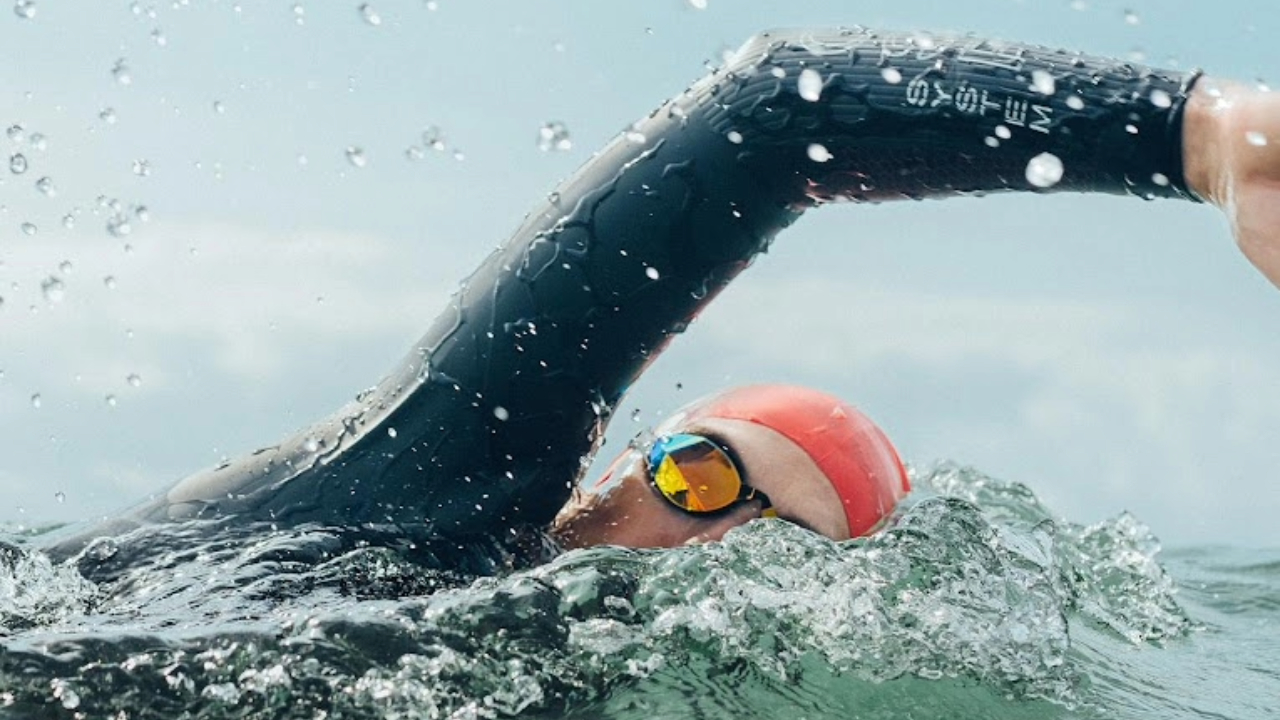
There are exceptions though, where you might want to take some fuel on board during your swim training. Professional triathlete Jodie Stimpson says: “If I’m swimming after other training or I feel like I have low energy, then I fuel with an energy gel. However, for most swims I don’t need fuel if I have done a good job managing my pre-session energy.”
If you struggle to eat early in the morning before a swim, and you’re struggling with your energy levels mid session, you might want to experiment with having a source of carbohydrates mid-session either via a gel or through a sports drink. If you suffer from cramp, it could be down to several factors including your general health, fitness, or hydration. But having some fuel during a swim session may also help to prevent cramp.
Pacing could be the key to unlocking better swimming endurance
If you’re doing the training, but still feeling like you run out of energy before you’ve completed the swim distance in a triathlon. It might actually have more to do with your pacing than your fitness.
For most people, the recommendation is not to start too fast. If you push into your anaerobic energy system and start to produce lactate, your body is going to hurt very early in the race. That’s going to make it difficult for you to continue swimming over a longer distance. While it can be difficult not to get swept up in the adrenaline of the race start, try starting off at an easier pace and building into your race effort. You’ll probably find you can swim much further before fatigue sets in!
Even the professionals, who are typically looking to get away from the group and get ahead on the swim, have to measure their effort. “I go out hard but settle into my own pace as soon as possible,” says Jodie Stimpson. “That’s what I practice in training, along with remembering to breathe as this is important so that I don’t blow up after the first hard effort!”
Train like a PRO: Example triathlon swim training sets to improve your swimming endurance
So that’s the theory, but in practise what are the swim sets your could add to your training programme to help you boost your endurance? We’ve got some go-to sessions from Swim coach Glenn Smith and professional triathlete Andrew Horsfall-Turner, plus some guidance on how to adapt them to suit your current ability. Because most of us are PROs capable of smashing out 25km swim weeks on a regular basis!
Example swim set: base and skill training session
The below set from Horsfall-Turner is a go-to during his winter training. Mixing up steady aerobic swimming with dedicated 50 metre repeats to focus on a particular drill or skill are a great way to incorporate technique improvements into your swim stroke.
Use the 50m ‘skill’ repeats to focus on a drill or a coaching point specific to what you need to work on. Then in the next aerobic swim set, try to incorporate the cue from that drill into your swim stroke.
If you’re not sure what you need to work on, try heading down to your local triathlon club session to ask for some pointers. For many, a 4000m swim set would be overkill – particularly if you’re looking to build your endurance to get up to being able to swim for that sort of distance in the first place. But you can still use Andrew’s session as a template. For example starting at 400m and dropping down to 100m with 1 x 50m of drills in between each set.
Example swim set: aerobic base training for Ironman-distance swims and beyond
If you’re aiming for a 3800m swim or longer, you need to do bigger distance aerobic intervals during your base training period. Smith recommends 400m repeats, a format which is also a go-to for Andrew Horsfall-Turner. Make sure you incorporate a good warm up, with some drills and aim for around 30 seconds rest after each 400m repetition: “If it’s less than that, it’s crossing into threshold work.”
For experienced swimmers regularly clocking up 5000-6000m per training session, some example long-distance base swim sets could include:
With a warm up and cool down, those sets are going to incorporate quite a lot of volume. If you’re training for a shorter event, or – like most of us amateurs – you’re not quite at the stage of being able to regularly smash out 5-6km swim sets before work in the morning. Adapt the format with either fewer 400m reps – such as 2-3 x 400m to start off and building up to more reps.
Or try shorter intervals such as 5 x 200m or 10 x 100m. If 30 seconds rest isn’t long enough to bring your heart rate down, increase the rest period. You want to be working consistently at zone 2 throughout the set. As your swim fitness and endurance improves, you’ll be able to drop the rest down, increase the reps – or both.
Building endurance is a process that can take many years. However, over the course of a season, you can make significant improvements through regular, consistent training. Start with a period of building skills and good habits, followed by building a base of aerobic training and then more specific threshold and race pace work leading up to your event.
You need a combination of general aerobic fitness and swimming specific muscular endurance. The latter can only really be achieved by spending time in the water and following a consistent training programme that relates to the distances you want to achieve.
Pull work is important, but triathletes can be over reliant on them whilst attempting to replicate the body position achieved by wearing a wetsuit. Spend some time at the start of every season working on positioning and streamlining, and do some core work on land to improve your body position.
Take your open water swimming to the next level with tips and training advice in our Open Water section, and all the gear you need at SBRX.

